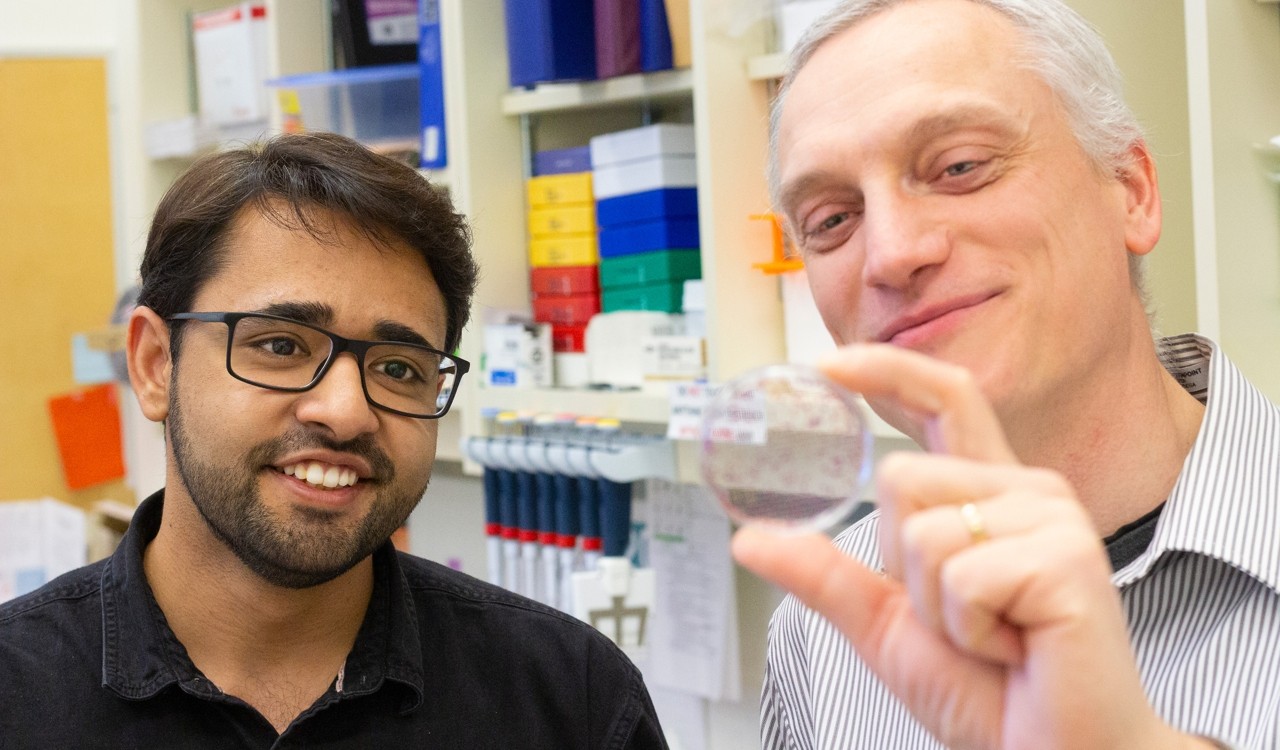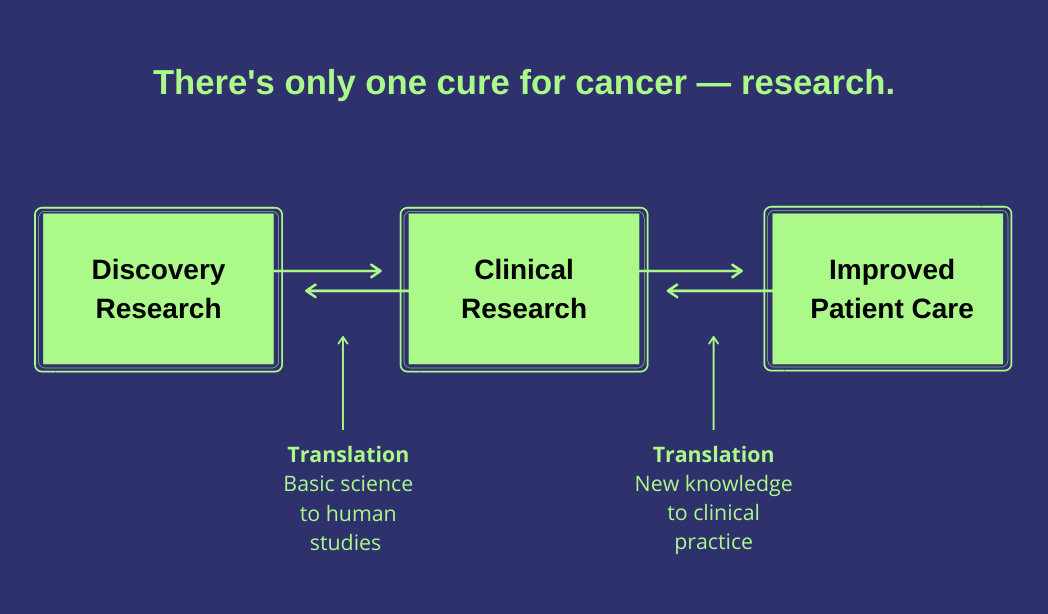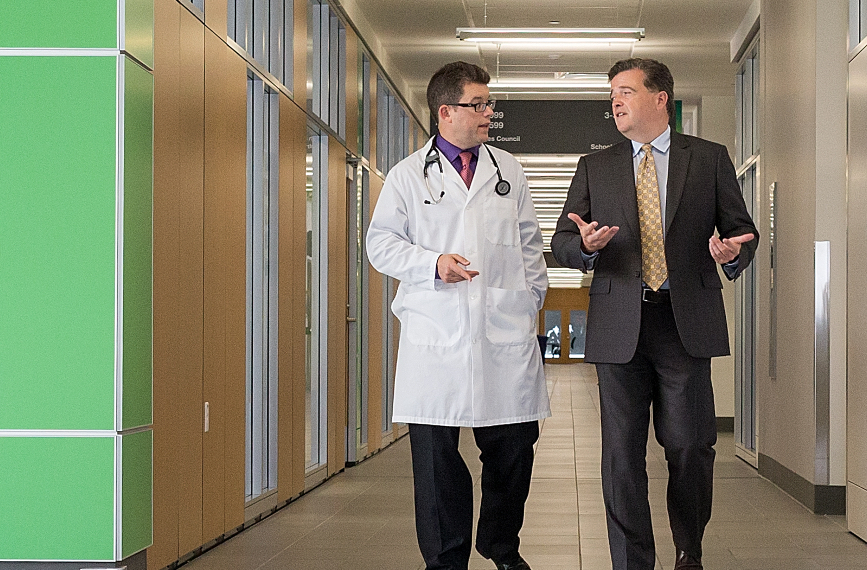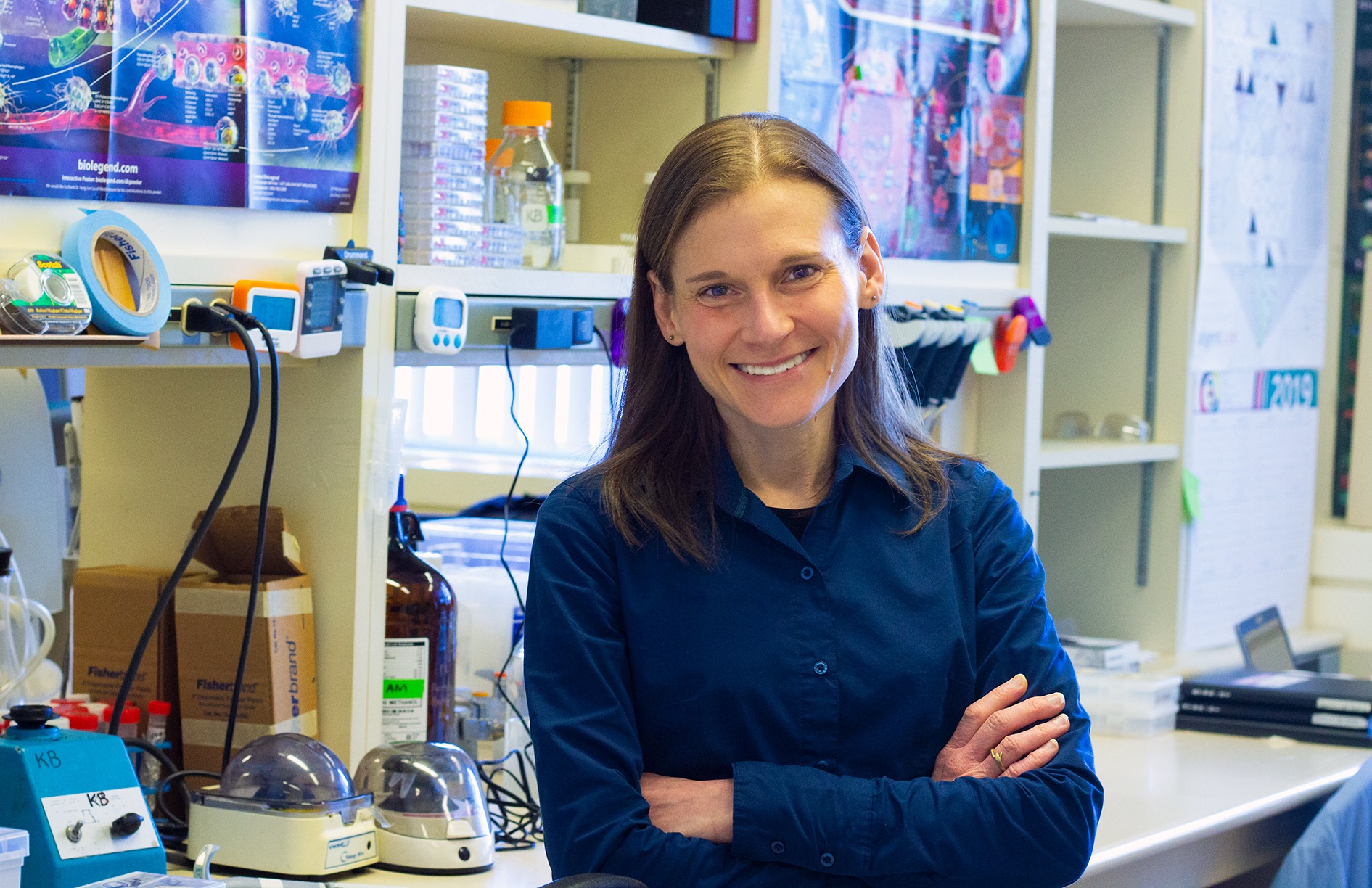Research

CRINA is home to over 170 world class scientists and clinicians all dedicated to the same goal — to more effectively prevent, diagnose, and treat cancer. CRINA members are making discoveries that will ultimately lead to improved health for those affected by cancer.


Basic or discovery research is the foundation of cancer research. It happens in the laboratory where CRINA scientists study cancer at the cellular level, examining how it starts, grows and spreads. They also look at certain ‘markers’ produced by tumor cells and normal cells in response to cancer that can be used to diagnose, predict outcomes, and plan treatments for cancer patients. From biochemists to oncologists to chemists, CRINA researchers use their expertise and inventive thinking to make fundamental discoveries that may have an impact at a patient’s bedside. While these discoveries can be tremendously promising, they must still be tested in humans, which is where the next stages of research come into play.

In order to truly impact patients, discoveries must be translated into the world outside the laboratory. Translational research involves examining and exploring how the exciting discoveries uncovered in the laboratory impact humans, and taking that information back to the laboratory to make further advances. Though this type of research is often called "bench to bedside" work, it is a constantly evolving process that involves input from both researchers in the laboratory and clinicians working with patients.

All cancer researchers have one goal in common — to make an impact on patient care. There are so many ways that research affects patient care, from diagnosis to prognosis. Improved diagnostic tests can make testing easier for patients, and provide doctors with more detailed information about an individual’s particular disease. Finding ways to refine and personalize treatments can lead to better outcomes overall. Innovative technological advances help researchers see cells better and more accurately deliver treatment. The list is endless, and our researchers make an impact on patient care in Alberta every single day.

Cancer research has been a strength at the University of Alberta for decades. Many CRINA members played integral roles in major discoveries, and they continue to be at the forefront of innovative research.